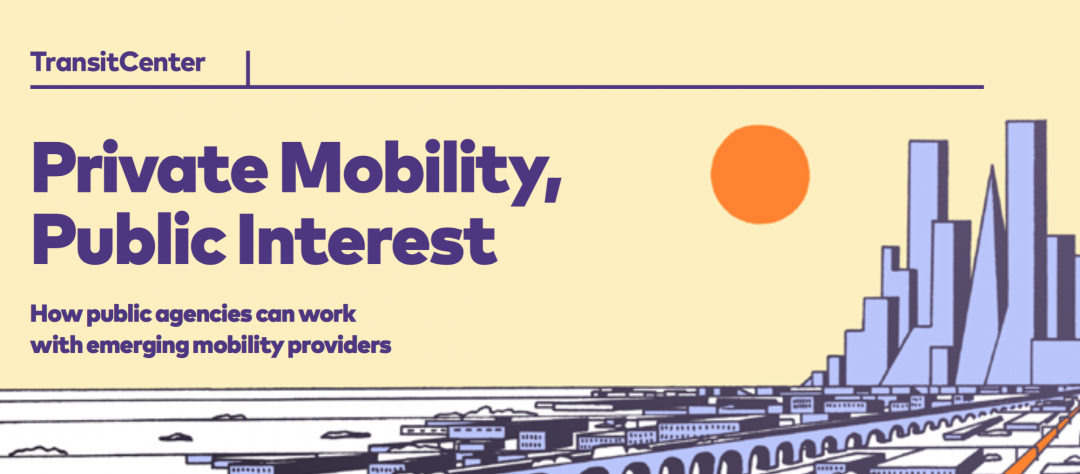The rapid growth of private ridesourcing (Lyft, Uber) and microtransit (Bridj, Split) has been a challenge for local governments, including transit agencies. The tech media like to talk about private sector innovation as naturally superior to government, as though government’s sole role is to react. Local governments are harangued to “get ready” or “get out of the way,” as though they are about to be swept by some tsunami of transformation. Yet local government — cities and transit agencies — urgently need to lead in forging a mutually beneficial outcome, drawing out the benefits of the new tools while preventing their potential for harm. I explored these issues, in text and video, here.
A century ago our city leaders were told to get ready for an onslaught of cars. The onslaught overwhelmed them only because they didn’t have the courage and clarity to demand clear thinking about how to manage the new thing’s impact.
In my own transit planning work I’m already hearing people say that now that we have “door to door” service, we no longer need those big-bus transit lines. If you take that step, there’s no longer any reason to plan density around logical corridors, so we might as well sprawl into patterns that will guarantee long-term car dependence. As we gut our transit systems through apathy, what’s left are miserable remnants for the poor who can’t afford an Uber ride, and who are further ghettoized by their exclusion from the new mobilty paradise. And we also increase Vehicle Miles Travelled, which means more congestion and less space in the public realm for other things we value. That, admittedly, is the worst case scenario, but it would be foolish not to think about how to prevent it. And that’s even before we start talking about driverless technology, whose potential benefits and downsides are both even more extreme.
So it was a relief to pick up TransitCenter’s new report, “Private Mobility, Public Interest,”(by Shin-pei Tsay, Zak Accuardi, and Bruce Schaller) and read:
One clear finding is that today’s practice does not support the popular but superficial narrative that emerging mobility providers are on their way to replacing traditional bus service. …
Emerging mobility services … will not replace high-quality, fixed-route transit as the most efficient means of moving people along dense urban corridors, and focusing on emerging mobility services is not a substitute for designing walkable, mixed-use neighborhoods or engaging in pedestrian- and transit-oriented planning.
With that clearly established, the report lays out the many opportunities for collaboration or partnership in providing the best possible mobility for an entire city. The private players can be very helpful on the peak of the rush hour, when the incremental cost of bus service is very high, and also in providing the low-density services that are not cost-effective for full-wage city buses. But that’s why the public sector must recognize its own leverage, and make the most of it
The public sector controls valuable assets, like parking spaces and street right-of-way, that can be used to negotiate for contracted services, access to data, or equitable geographic coverage, for example.
Common weaknesses of the public sector side are also explored:
Agencies need to proactively start to break down barriers to collaboration with emerging mobility providers––barriers like restrictive procurement processes, work rules, or agency traditions––by creating clear pathways to working together.
I recommend the whole report to any local leaders, or advocates, who need help describing what needs to be done to ensure that the new technologies help foster a better city for everyone.

Comments are closed.